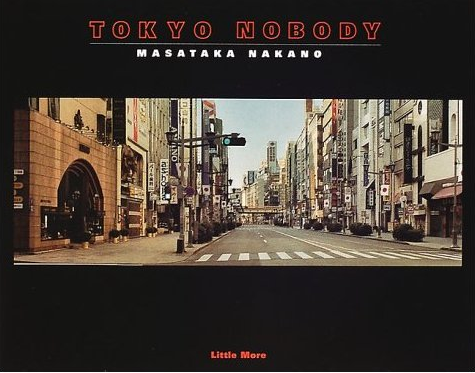I landed in Tokyo in March 1999. Five months later I was heading home via China and Russia on the Trans-Manchurian Express. Why leave so early? The number of people living in one area was just too much for me, too overbearing. I remember suffering from severe headaches every time I ventured outside. I would return though, I always knew that. When I returned to Tokyo, surprisingly the following year, I didn’t seem to be as affected by the crowds, I could commute to work and return home without taking aspirins or other pills (whatever gets you through the night). I suppose it always takes time to get used to change.
While at the Tokyo Museum of Photography in Ebisu, sometime in 2000, I came across a photography book called Nobody Tokyo. I leafed through the book, the images are very sharp and vibrant, I thought; totally different from images you generally see spotlighting Tokyo such as in the Lonely Planet guide books or the National Geographic magazines. Also, there is so much to consider in Masataka Nakano’s (the photographer) work. For instance, the photographs highlight spatial relationships in a city, there is no one in photographed the city yet there is evidence that people exist. Also, his locations are places in Tokyo where we associate a mass of people which gives the viewer an unusual angle. He documents an urban environment with an abundance of concrete, glass, wire and plastic. Interestingly, the project also informs us that Nakano employed extreme patience in order to achieve to his aim. No need for digital tricks. A dying breed?
Taking a leaf out of Nakano’s book , I sat in multi-storey cafes; ones with huge windows, without visual obstruction in busy areas of Shinjuku. The result; a set of of drawings depicting urban realism yet people would not be evident only evidence of mankind. As a result, the triptych appears eerie, apocalyptic or even abstract expressionist. Next time, how about a deserted, empty Tokyo Underground?




